Active Education Posts


News: Rocket Power Your Lazy Boy
Since the days of Archytas, rocket propulsion has been the Holy Grail of aeronautics. Thanks to Galileo's inertia, Newton's laws of motion, and the "father of modern rocketry," Goddard, space is not a complete mystery anymore. Rocket-powered aircrafts have evolved from the first liquid fuel rocket in 1926, to the Soviet R-7 which launched Sputnik, to NASA's Saturn V that propelled Apollo 11 to the moon. Today, even billionaire tourists can enjoy space, like Microsoft's Charles Simonyi and Cir...
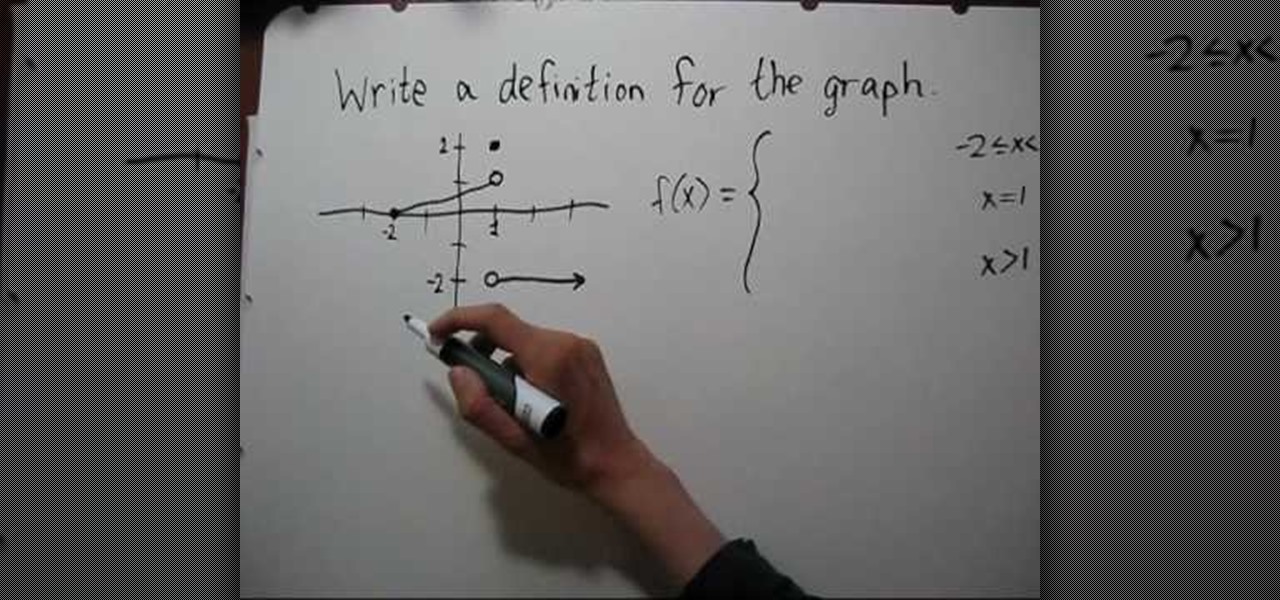
How To: Find the formula of a piecewise function given a graph
This video shows how to find the formula of a piecewise function when given a graph. The first step is to write a definition for the graph, which is done by identifying the different domains shown in the graph. The second step is writing formulas for each domain specified by the lines in the graph. The point-slope formula is used to identify the slope and y-intercept for the leftmost domain, which has a sloped line. A point and horizontal line make for simpler equations in the other pieces of...

How To: The Best Investigatory Projects in Science: 16 Fun & Easy Ideas to Kickstart Your Project
Most of us have conducted an investigatory science project without even knowing it, or at least without knowing that's what it was called. Most science experiments performed, from elementary to high school students and all the way up to professional scientists, are investigatory projects.
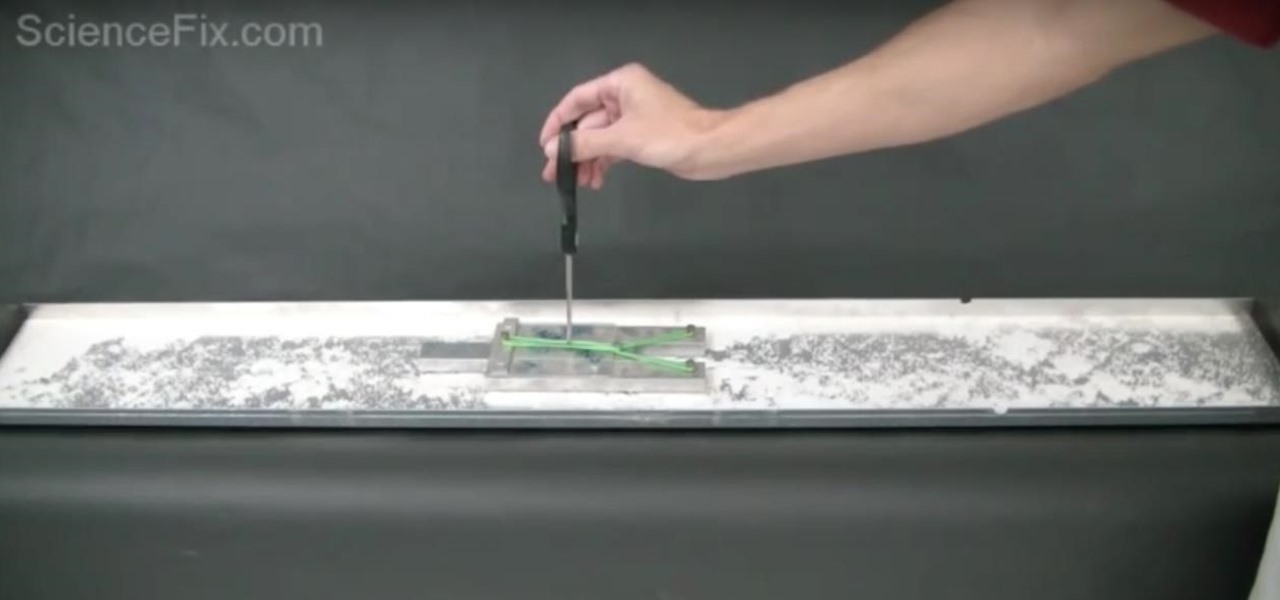
How To: Demonstrate Newton's Third Law of Motion
Get yourself a metal sled that runs on tiny plastic ball bearings, and you'll be ready to demonstrate to your classroom Isaac Newton's third law of motion: Every action has an equal and opposite reaction.

How To: Make glowing water
This video tutorial will show you how to make glowing water. You can use as an ingredient to make other science projects glow in the dark, such as crystals and slime. All you need is a highlighter pen and some water. Check out this how-to video and go make some glowing water.
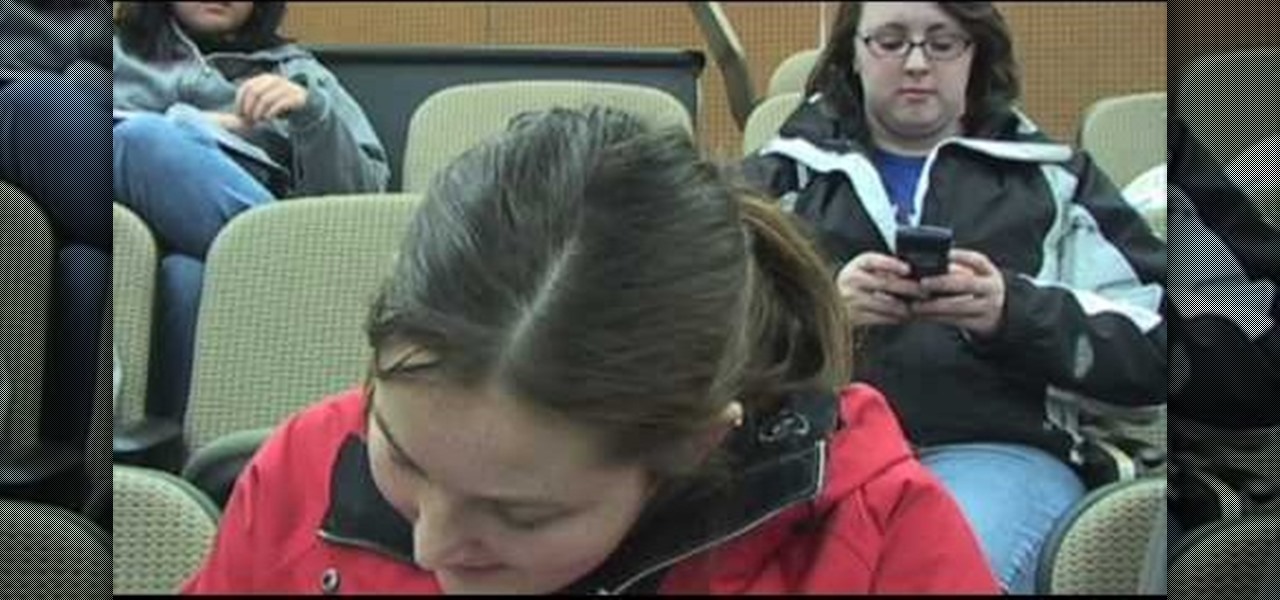
How To: Study effectively in college
In this video, we learn how to study effectively in college. First of all, make sure you don't have an distractions around you. Find a place where you can study quietly where nobody will bother you and where you won't break your concentration. Find a way to study that works for you, study something that you don't know and write it down to help you remember it better. Try studying alone or with another person, whichever works better for you. Make sure to get enough sleep and eat something befo...
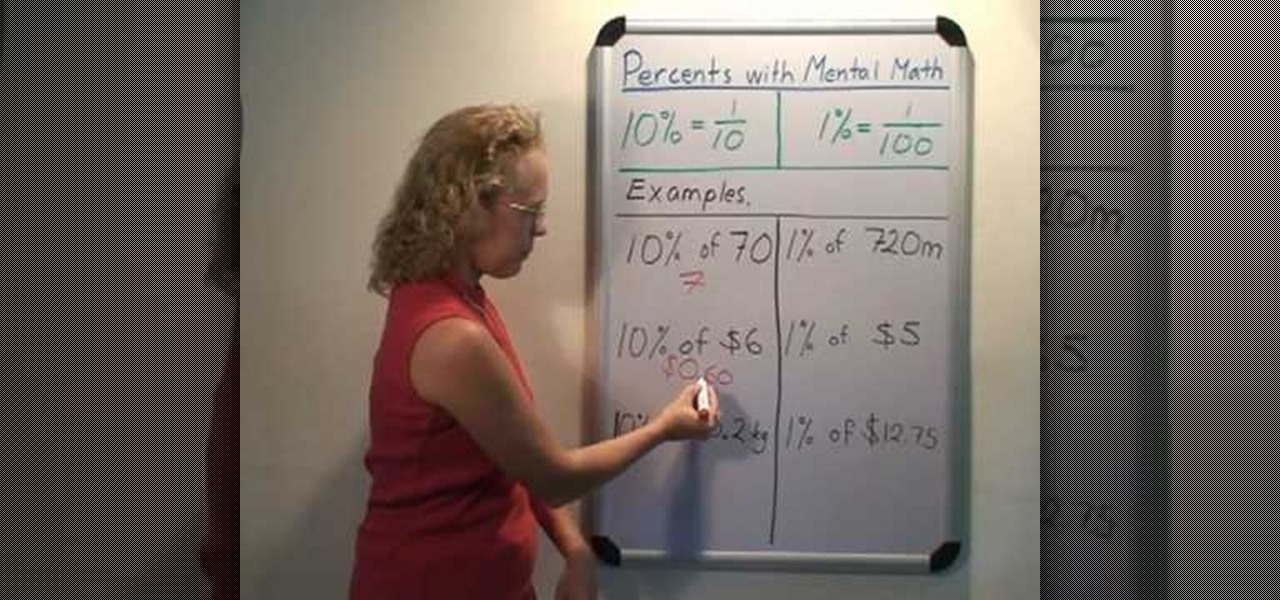
How To: Calculate percentages in your head
This video explains how to calculate percentages in your head. To calculate a percentage in your head, start by breaking the percentage off into smaller units. For example 25% is 10 + 10 + 5. 30% is 10, 10, and 10. Now you have numbers you can easily work with in your head. Find 10% of the number. This is easily done by one of two methods. You can either move the decimal point one place to the left or you can drop the last number. Dropping the last number sometimes gives you an estimate, thou...

How To: Show your child different types of lines
Children think that a line is a line. Usually a straight line. This video shows children that there are different types of lines. Show your child different types of lines.

How To: Solve Word Problems Involving Volume of a Pyramid
Learn how to solve geometry word problems. For example, how would you solve the following problem?

How To: Make silver nitrate from silver and nitric acid
Watch this science video tutorial from Nurd Rage on how to make silver nitrate from silver and nitric acid. They show the chemistry of making this cool chemistry, colorless solid.

How To: View the universe with the Meade EQ Series Telescope
All you science and astronomy nuts out there, pay attention, this detailed video tutorial series will tell you everything you need to know about using the Meade EQ Series Telescope to ogle the universe.
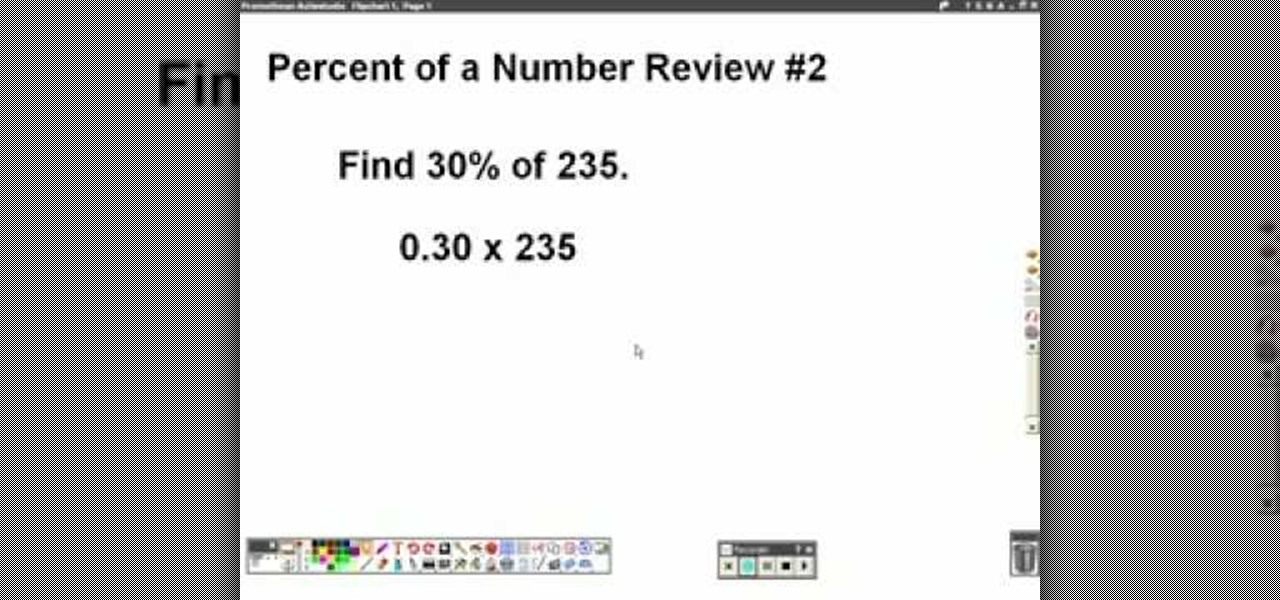
How To: Find a percentage of a whole number in basic math
Need help figuring out how to find a given percentage of a whole number (e.g., 16% of 736)? Watch this free video lesson. From Ramanujan to calculus co-creator Gottfried Leibniz, many of the world's best and brightest mathematical minds have belonged to autodidacts. And, thanks to the Internet, it's easier than ever to follow in their footsteps (or just finish your homework or study for that next big test). With this free math tutorial, you'll learn how to find percentage values in basic arit...
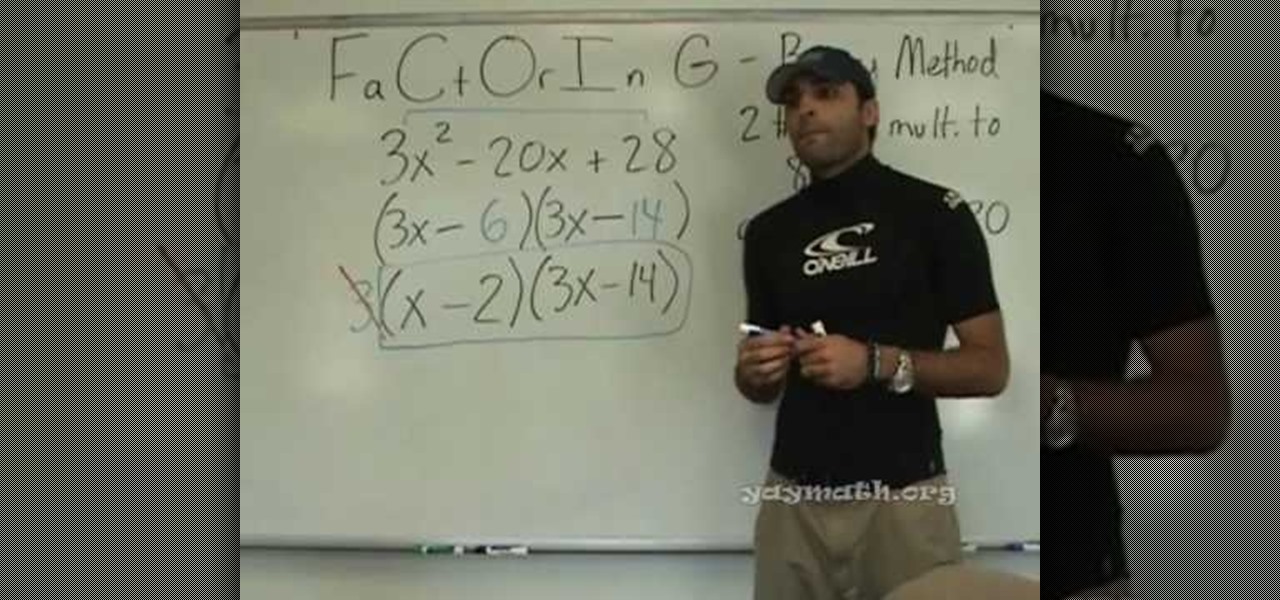
How To: Factor trinomials using the Berry factoring method
In this free video math lesson YAY MATH, we learn how to factor trionmials using the Berry method. With mathematics, as with anything else, not everyone progresses at the same rate. Algebra is no exception. Happily, in the age of Internet video tutorials, this isn't a problem. Those who progress quickly can go beyond what's being taught them and those who are struggling likewise have all the time in the world to catch up. Whether you need help finishing your homework or studying for that next...

How To: Make a Paper Plate Speaker That Actually Works for Under $1
Back in 2007, YouTube user HouseholdHacker posted a parody video on how to make a high-def speaker for under a buck. MythBusters took on the challenge and busted it.
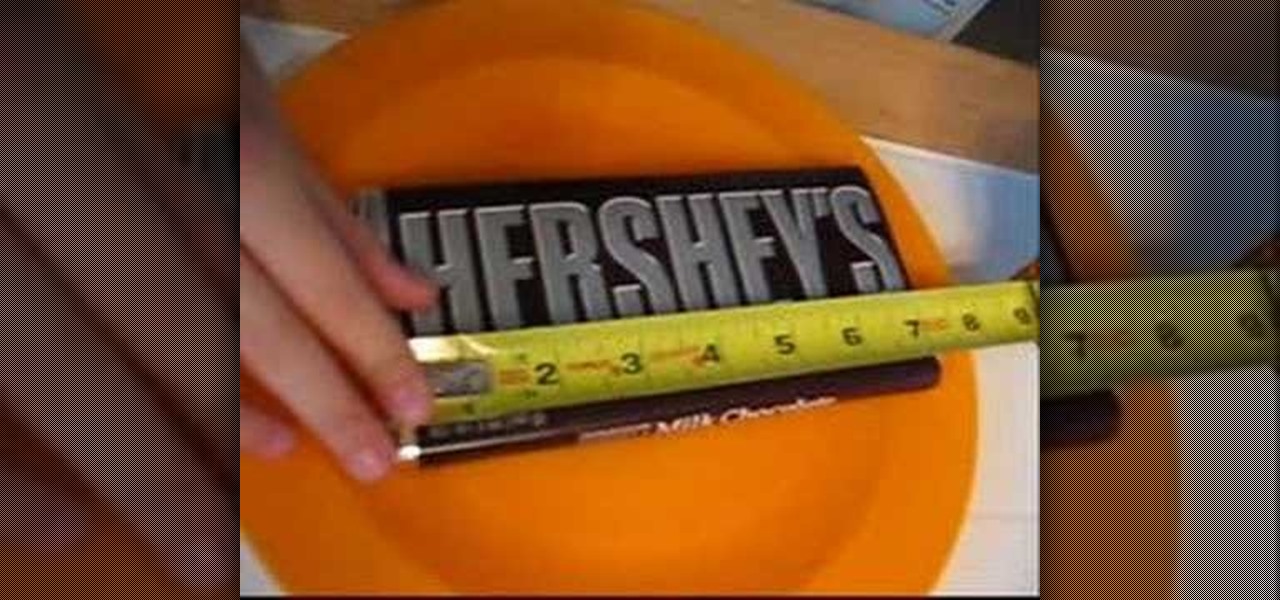
How To: Measure the speed of light with a chocolate bar
All waves in the electromagnetic spectrum (light, x-rays, radio waves, microwaves, etc.) travel at the speed of light c=299,792,458 m/s. For any wave, the wavelength times the frequency yields the speed:
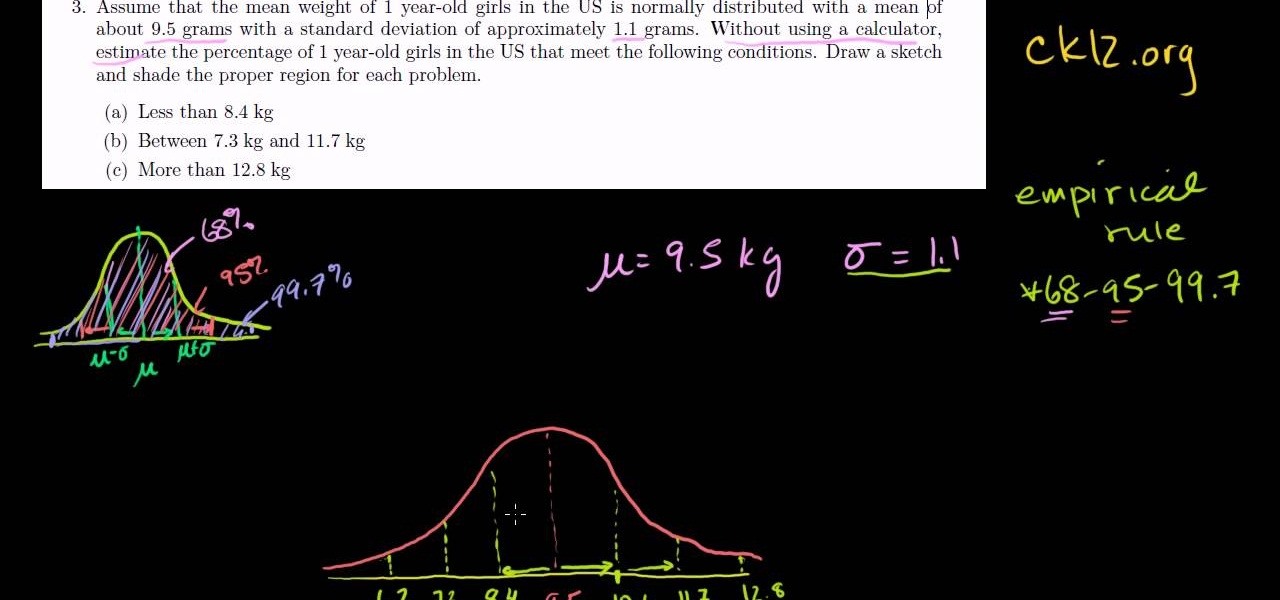
How To: Estimate probabilities with the empirical rule
Learn how to use the empirical rule (or 68-95-99.7 rule) to estimate probabilities for normal distributions in statistics. From Ramanujan to calculus co-creator Gottfried Leibniz, many of the world's best and brightest mathematical minds have belonged to autodidacts. And, thanks to the Internet, it's easier than ever to follow in their footsteps (or just finish your homework or study for that next big test). With this installment from Internet pedagogical superstar Salman Khan's series of fre...

How To: Clean Copper Coins in One Minute
Video: . You Need just 2 Components:
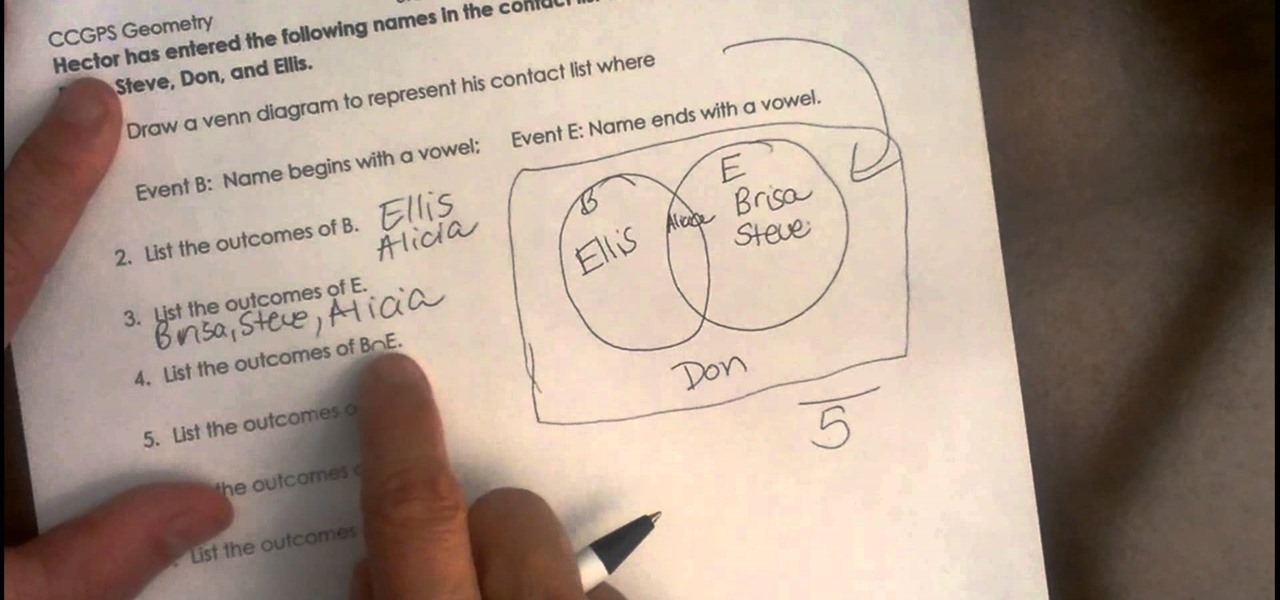
How To: Use a Venn Diagram to Solve Probability Problems
Video covering how to set up a Venn diagram. The video covers how to draw the diagram and then look at a set of data and place the data in the correct part of the Venn diagram. The sample problem is as follows.
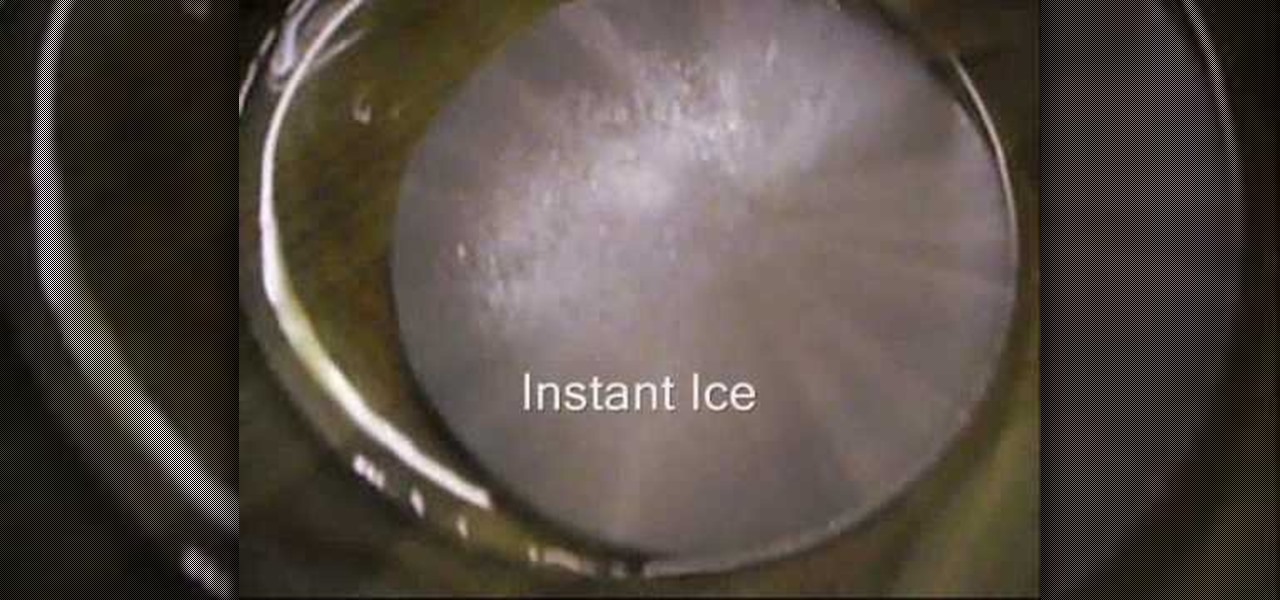
How To: Make simple and fun "hot ice" at home with vinegar
Hot ice is a very cool experiment. This is a recipe for homemade 'hot ice' that mimicks the sodium acetate one but only requires simple ingredients!

How To: Find the Height of a Trapezoid.
Step by step directions for finding the height of a trapezoid. Video: .

How To: Find the Area and Volume of a Hemisphere
A hemisphere is sphere that has been cut in half. When you cut the sphere in half you are left with the great circle, plus half of a sphere. This fact can be used to find the area, and the volume of a hemisphere. The video works several example problems in which the area and volume of a hemisphere is calculated.

How To: Make Oobleck
Oobleck is a cool substance that is not quite liquid or solid. Don't believe me, then try for yourself!! All you need is a couple of household ingredients!!

News: What Happens When Lightning Hits Sand
Is this what happens when lightning hits sand? It turns out that when lightning hits sand, it makes little holes in it. Sadly, this picture was part of an internet hoax that circulated in 2013.

How To: Convert sunlight into hydrogen fuel
Want to learn how to harvest the sun? Just watch this science experiment video to see how to convert sunlight into hydrogen fuel. It's simple and environmentally friendly.
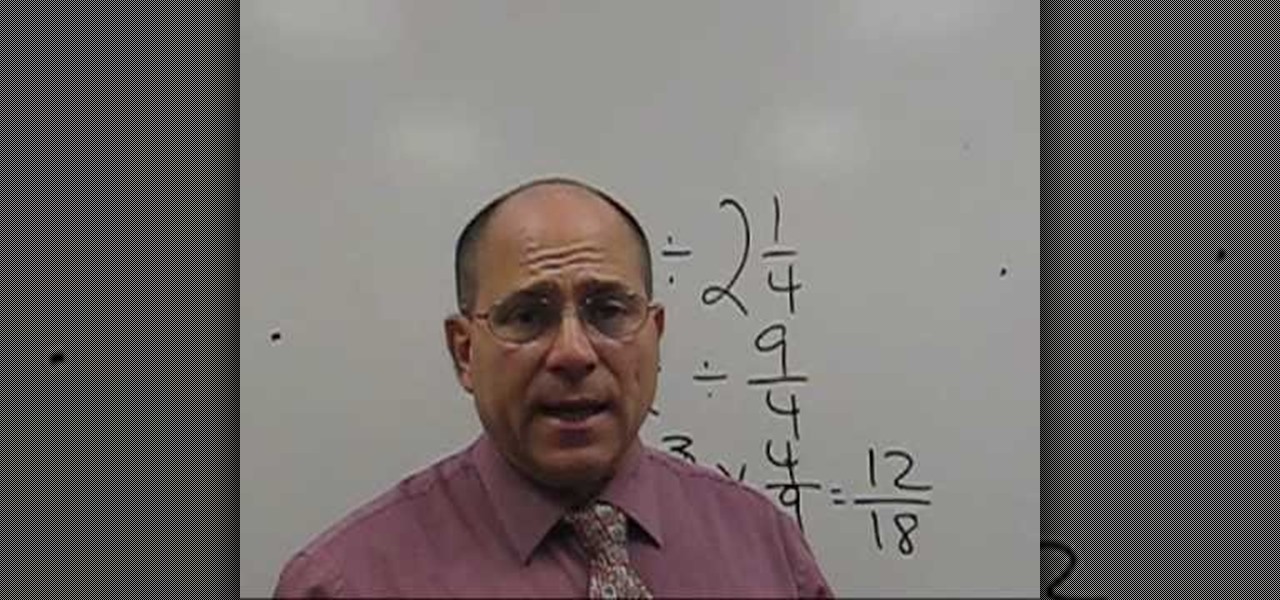
How To: "Flip and go" to divide fractions
In this video, we learn how to flip and go to divide fractions. First, take your equation and then look at the fractions that you are given. If you work this out and end up with a fraction that can be reduced further, then reduce it. If you understand how to multiply fractions then you will understand how to divide them. You will take the second fraction in your equation and flip it upside down. Now the denominator will be the numerator and so on. Once you do this, you will change the sign to...

How To: Write a great timed essay in class
Getting nervous about a timed essay coming up in school? In this six-part video of a writing class discussion, learn from Fullerton College professor Mark Fullmer some tips & tricks on how to write a "damn good" effective essay while being timed in class. Time management, essay structure, presentation, introductions, support, conclusions, vocabulary, and critical thinking are discussed over each of these six videos.
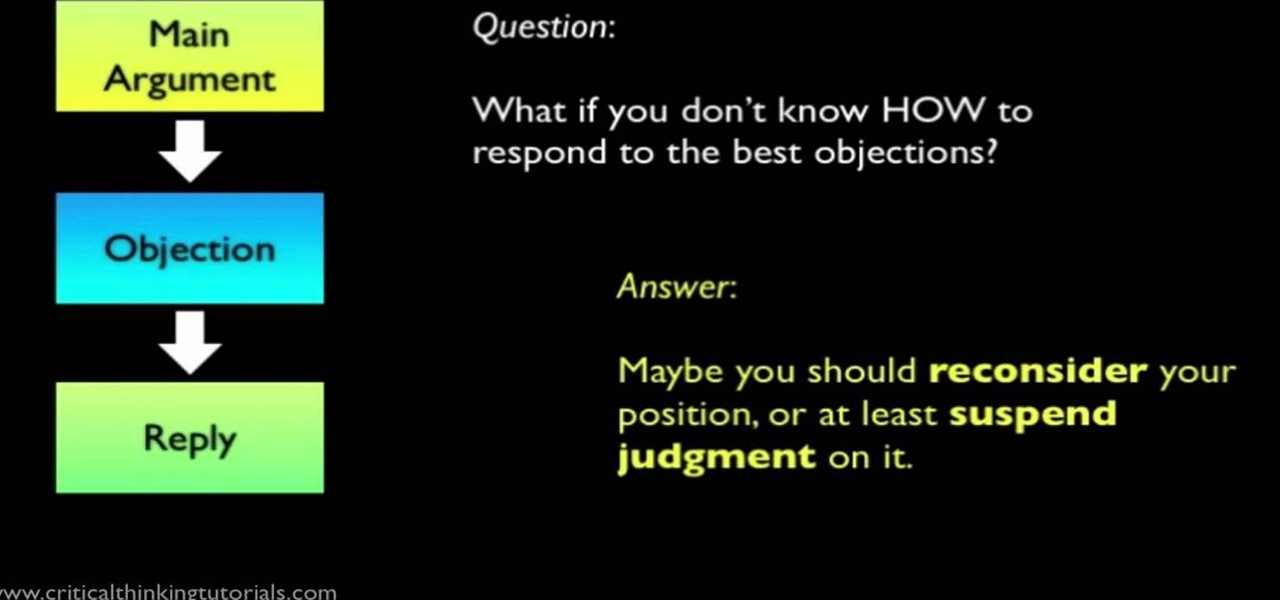
How To: Write a good argumentative essay: logical structure
In this tutorial video, you will learn the basic structure for a good argumentative essay. The narrator in this tutorial, makes a very important distinction in the video; a good argument versus an average or mediocre argument. The narrator teaches you that a good argument will have, at minimum, a 5-part structure. The elements in the structure include an introduction, a body, and a conclusion. Within the body, a good argumentative essay would contain a main argument, an objection, and a reply...
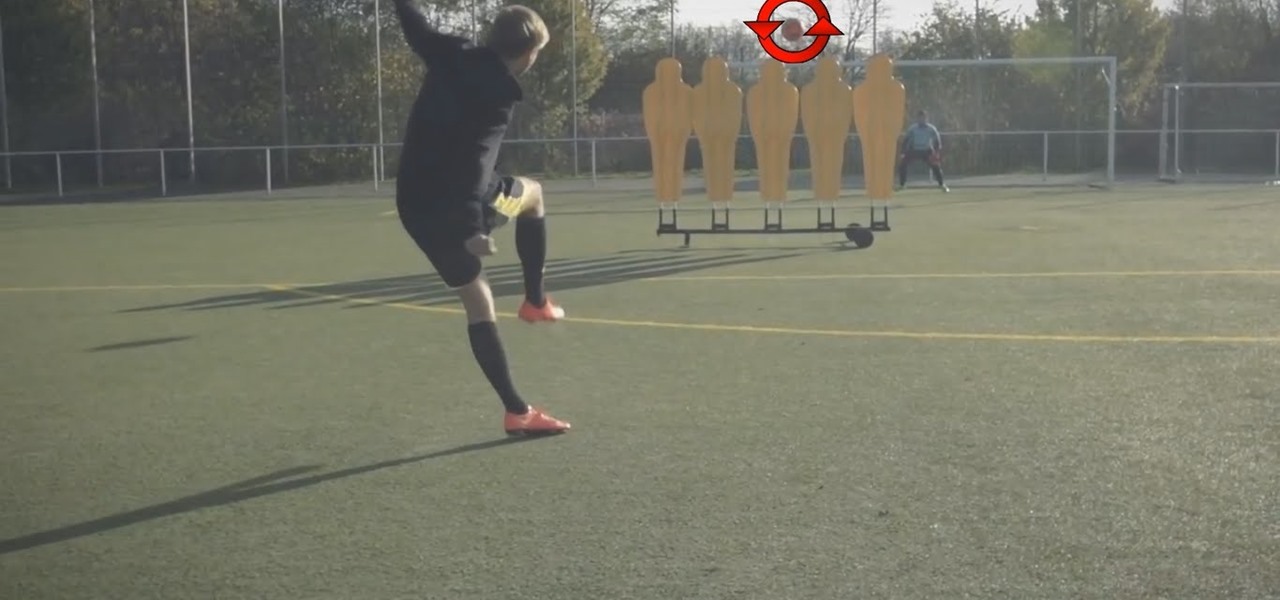
News: Magnus Effect - Just Awesome !!!
In 1997 Roberto Carlos scored a majestic goal against France by bending a ball through the air in a majestic way, so majestic the France goalkeepers stopped to watch !
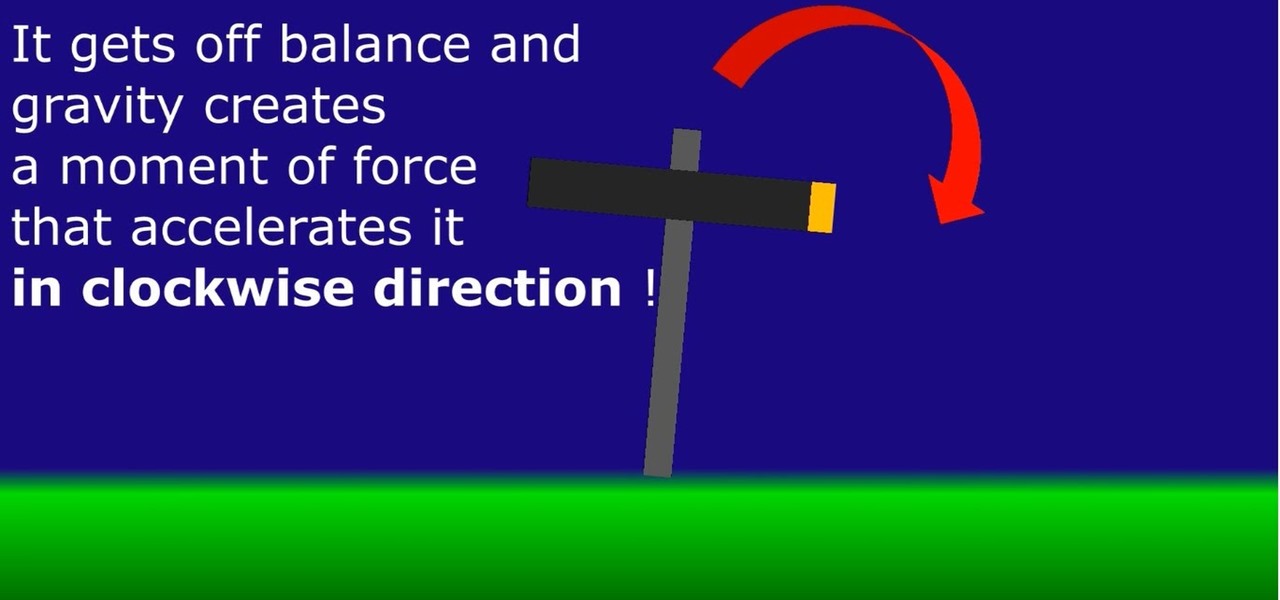
News: Gyroscopes = Dark Sorcery ?
A gyroscope goes into a bar, the bartender asks if he's drunk.

News: Fun Physics for All !!!
Science is not boring, not with Integza... THIS IS INTEGZA !!!
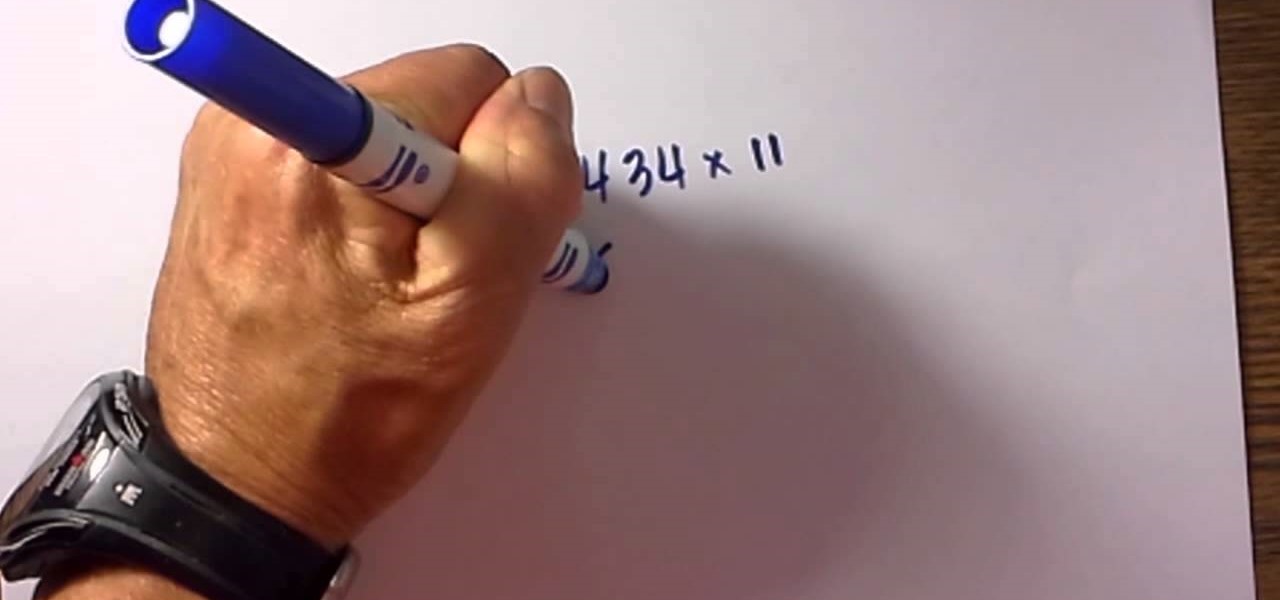
How To: Multiply by 11 Faster Than a Calculator
Yes, with this simple technique you can multiply 2 digit numbers in your head. The video also reviews a really easy method for multiplying larger numbers by 11 in a simple fashion.
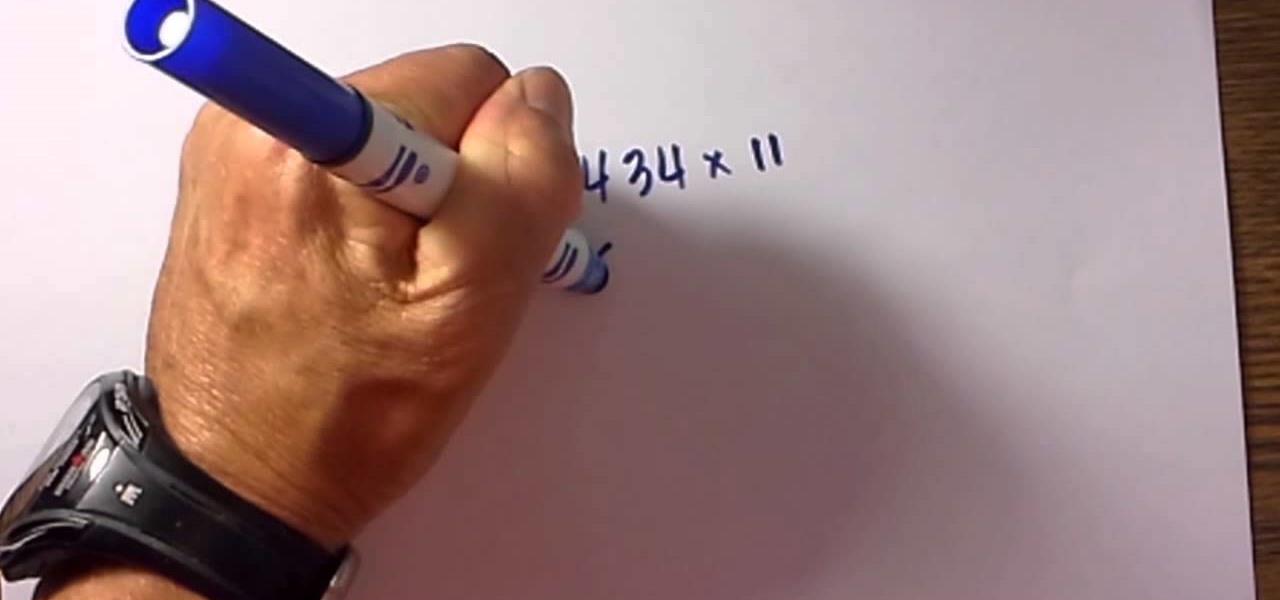
How To: Multiply Any Number by 11 Easily
This video shows two techniques for multiplying any number by 11. Using these techniques you will find it is easier than using a calculator.
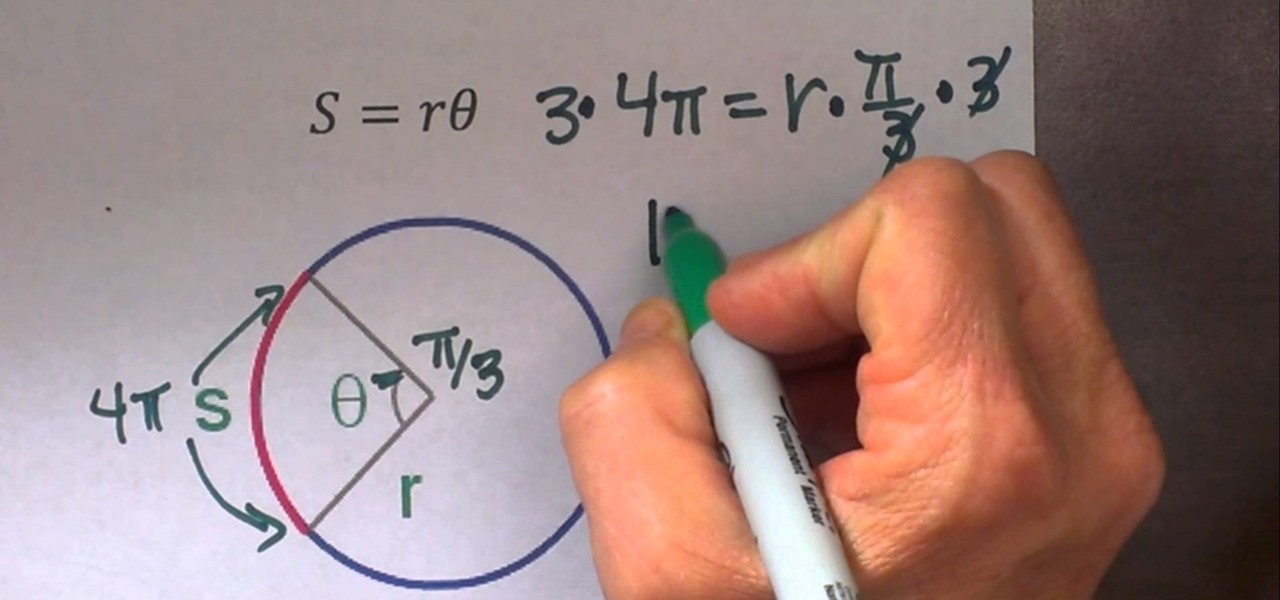
How To: Find the Radius of a Circle from Arc Length
The video provides two example problems for finding the radius of a circle given the arc length. Problem one finds the radius given radians, and the second problem uses degrees.

How To: Do long division with decimals
Video Nerd thinks that when your doing long division with decimals you should first take out the decimal. Write the number as if it didn't have a decimal. For example if the problem was 12.5 divided by 5 then you will just use 125 and divide that by 5. Next divide the first digit of the dividend by the divisor an write the number up top. Next you multiply, after your done multiplying the numbers subtract, and when your done subtracting the numbers drop the reaming numbers in the dividend down...

How To: DIY Ninja Turtle Ooze! Make Your Own Radioactive Canister of Glowing Green Slime at Home
There's a broken canister of mutant ooze leaking down into the sewers! But don't worry because this sticky slime is non-toxic, and it's so easy to make, a three-year-old can do it!

How To: The Trick to Stabbing a Balloon Without Popping It
A balloon's worst fear is a sharp object, so usually when you puncture a balloon, it pops in your face. Not with this science trick! To puncture a fully blown up latex balloon without popping it, you'll need a pointed metal or wooden skewer and some plain old dish soap. That's it.

How To: Create light with Mentos and Mountain Dew
Systm is the Do-It-Yourself show designed for the common geek who wants to quickly and easily learn how to dive into the latest and hottest tech projects. They will help you avoid pitfalls and get your project up and running fast. In this DIY episode, see how to create light with Mentos and Mountain Dew.

How To: Make Your Own Glowing Green Fluorescein (Fluorescent Dye)
Fluorescent dye can be a great addition for decorating around the house for Halloween, especially for a haunted one. Creating your own fluorescent dye is a simple experiment, as long as you've got the proper chemicals and safety gear. Nurd Rage details the chemical process of creating your own fluorescein below.
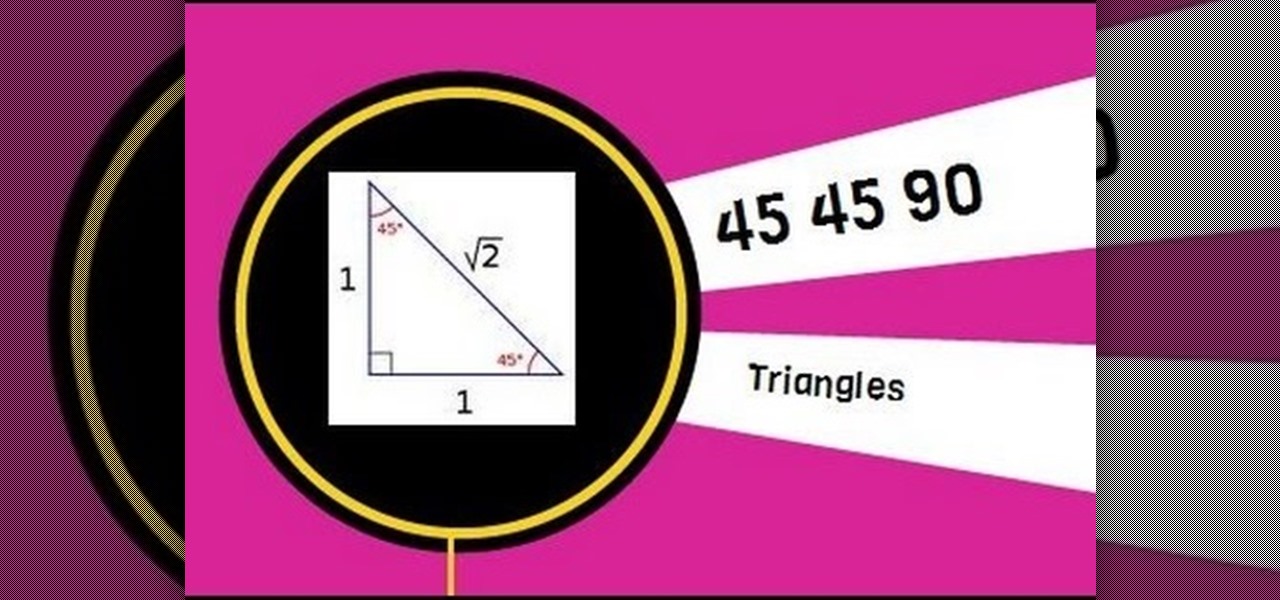
How To: Find Leg Lengths and Hypotenuse of a 45 45 90 Triangle
A 45 45 90 triangle is a special right triangle because you can use short cuts to find leg length and hypotenuse length. This video solves two problems involving leg length and hypotenuse length.

How To: Find the Surface Area of a Cylinder.
Step by step directions for finding the surface area of a cylinder. In order to calculate the surface area of the cylinder you find the area of the two bases and add this to the lateral area.







